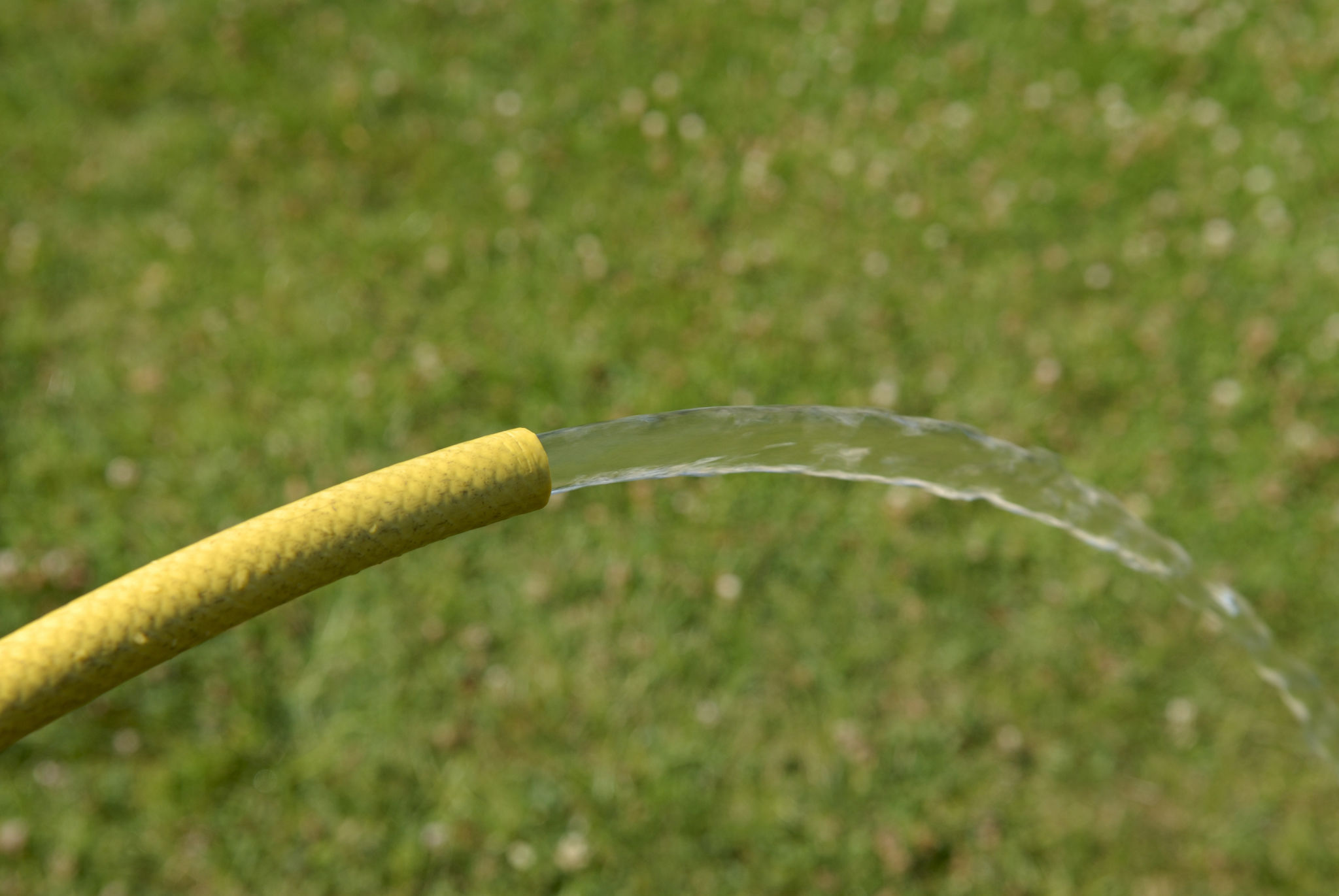Transforming Your Lawn: A Step-by-Step Clover Lawn Conversion Guide
Why Choose a Clover Lawn?
Transforming your lawn into a clover lawn is not only an eco-friendly choice but also a cost-effective one. Clover requires less water than traditional grass, reducing your water bill and conserving resources. Additionally, clover is a nitrogen fixer, which means it naturally enriches the soil, making it healthier without the need for chemical fertilizers. These benefits make clover an excellent option for environmentally conscious homeowners.

Preparing Your Lawn for Conversion
The first step in converting your lawn is to prepare the existing turf. Begin by mowing your current grass as short as possible. This will make it easier for the clover to establish itself. Next, remove any debris, rocks, or weeds that might hinder clover growth. Consider aerating your lawn if it's compacted, as this will improve soil conditions and help the clover seeds germinate.
Selecting the Right Clover
Choosing the right type of clover is crucial for a successful conversion. White clover (Trifolium repens) is the most popular choice due to its resilience and adaptability. However, micro-clover is gaining popularity because of its smaller leaves and less aggressive growth pattern, which can provide a neater appearance. Consider your specific climate and aesthetic preferences when making your selection.

Planting Your Clover Seeds
Once you have prepared your lawn and selected the right type of clover, it's time to plant the seeds. For best results, broadcast the seeds evenly across the lawn. You can use a seed spreader to ensure even distribution. After sowing, lightly rake the soil to cover the seeds with a thin layer of dirt. This will protect them from birds and help retain moisture.
Watering and Maintenance
Water the newly planted seeds immediately after sowing to encourage germination. Keep the soil consistently moist until the clover is well-established. Once established, clover requires less frequent watering than traditional grass. Regular maintenance includes mowing once every few weeks to keep the clover at your desired height and prevent it from flowering excessively.

Dealing with Potential Challenges
While clover lawns are generally low-maintenance, they can face certain challenges. For instance, during dry spells, you may need to water more frequently to prevent the clover from browning. Additionally, some homeowners may notice an increase in bees due to the flowers. If this is a concern, choose micro-clover or mow before flowering to reduce bee attraction.
Enjoying Your New Lawn
Once your clover lawn is fully established, you'll enjoy a lush, green space that's both beautiful and sustainable. The soft texture of clover makes it pleasant to walk on barefoot, and its natural resilience means it can withstand foot traffic better than many types of grass. With minimal maintenance, your clover lawn will remain vibrant and healthy throughout the seasons.